South Korea’s Hanwha is seeking to further deepen its international defence footprint with US stalwart Michael Coulter as the group’s newly named President and CEO of Global Defense. Speaking to ESD at IDEX 2025, Coulter outlined the path ahead
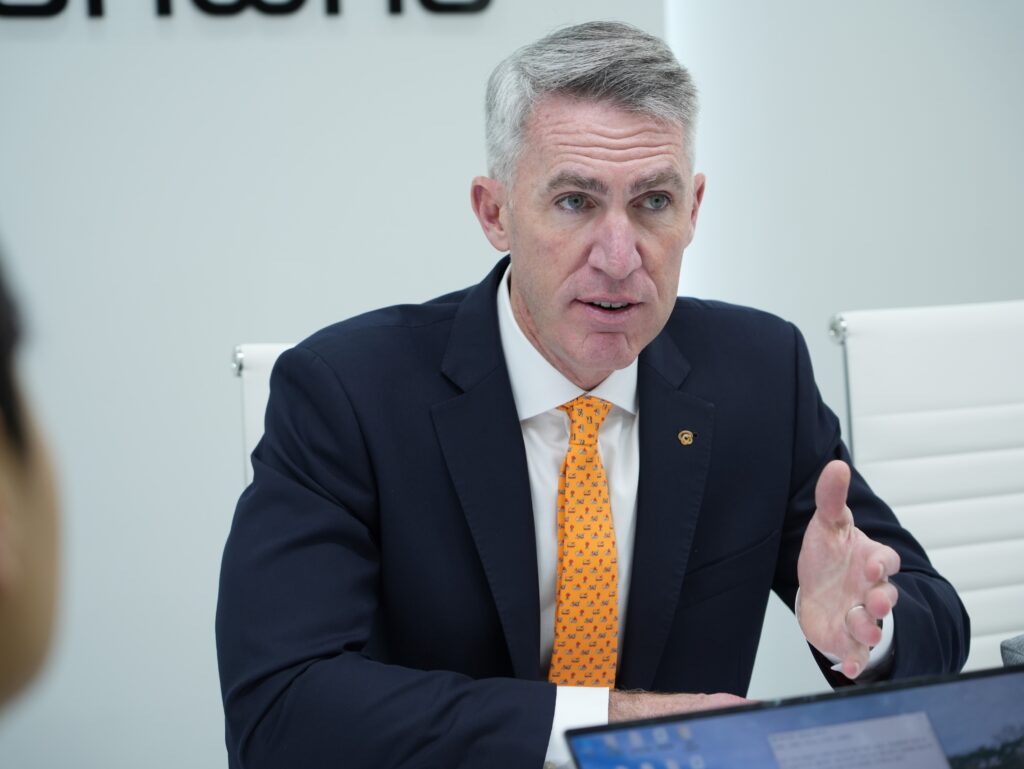
With the appointment of US defence sector veteran Michael Coulter into the newly created position of President and CEO of Hanwha Global Defense – the first foreign CEO of a South Korean defence company – Hanwha is signalling an even bolder push into the international defence market.
In keeping with that bold strategy, Coulter’s remit in this newly created position will be an expansive one; he will be responsible for not only overseeing the global defence business of Hanwha Aerospace, but also those of subsidiaries Hanwha Ocean and Hanwha Systems.
Coulter’s CV, however, certainly shows he has the requisite experience for this challenge. He most recently served as senior vice president of corporate business development for Leonardo DRS and president of Leonardo DRS International, but before that his career spans multiple key roles within US national security organisations. At the US Department of Defense Coulter has served as Assistant Secretary of Defense (Acting), Principal Deputy Assistant Secretary of Defense for International Security Affairs, and Principal Deputy for Strategic Plans and Policy with the US Joint Chiefs of Staff. Within the US Department of State, meanwhile, he has served as Deputy Assistant Secretary of State for Political-Military Affairs and Coordinator for Coalition Operations, as well as National Security Advisor in the US Senate.
Rounding out Coulter’s experience in the defence arena is his service as a US Navy reserve officer with command and combat experience across multiple regions worldwide.
Speaking to ESD in Abu Dhabi on 17 February 2025, on the first day of the IDEX 2025 defence exhibition, Coulter outlined how his past experience will be brought to bear.
“I’ve lived as a customer, I’ve lived as a government official and I’ve lived as an industry leader, which has caused me to spend a lot of time observing the market and reflecting on the market,” he said. “And I think we’re at a point in the global security market right now where customers are demanding innovation. They’re demanding speed of capability because the requirements are urgent. They are demanding scale of capability, so they’re less interested in a few exquisite items and more interested in mass capability. And they are also interested in cost-effective solutions. So that I would say is my observation from my background as far as how I hope to help Hanwha.”
With regard to Hanwha’s heritage, Coulter acknowledged that South Korea’s military-geopolitical situation, existing as it does with the continually belligerent communist Democratic People’s Republic of Korea (DPRK) to its north, has presented a fundamental requirement to support a strong defence sector.
“Because [the DPRK] has been sitting on a war footing for 70 years, the industry in South Korea in general, and Hanwha specifically, has had to make sure that it is on a war footing as well, so it has been investing in its technology, its capabilities and very notably its ability to scale products for the South Korean customer,” Coulter noted. “That strength domestically in South Korea created capability that was desired globally, so for many years now South Korea has been exporting very successfully into the global market … so I do think it is that industrial footprint that has driven Hanwha to be a leading aerospace and defence company.
Coulter added, though, that in recent years Hanwha, in addition to its defence export focus, “has begun showing serious commitment to becoming an industrial partner with customers around the world”.
Prior to its acquisition by Hanwha in June 2015, Samsung Techwin, the original developer of Hanwha’s K9 self-propelled howitzer (SPH), concluded licensed-production deals for the K9 with India, Poland and Türkiye. Hanwha Aerospace has subsequently secured K9 export and licensed-production deals with Australia, Egypt and Romania as well as successfully exporting the SPH to Norway, Estonia and Finland.
Hanwha Aerospace is now building on this success, most notably in Australia, where in August 2024 the company officially inaugurated the Hanwha Armoured Vehicle Centre of Excellence (H-ACE) in Geelong, Victoria, as the first overseas production base established by a South Korean defence company. H-ACE is producing both the K9-derived AS9 Huntsman SPH and its associated AS10 armoured ammunition resupply vehicle, 30 and 15 of which respectively were ordered for the Australian Army in December 2021. Additionally, the Redback infantry fighting vehicle (IFV), 129 of which were ordered for the Australian Army in December 2023 after extensive trials, will be manufactured at H-ACE after 2026 following the successful delivery of prototype IFVs.
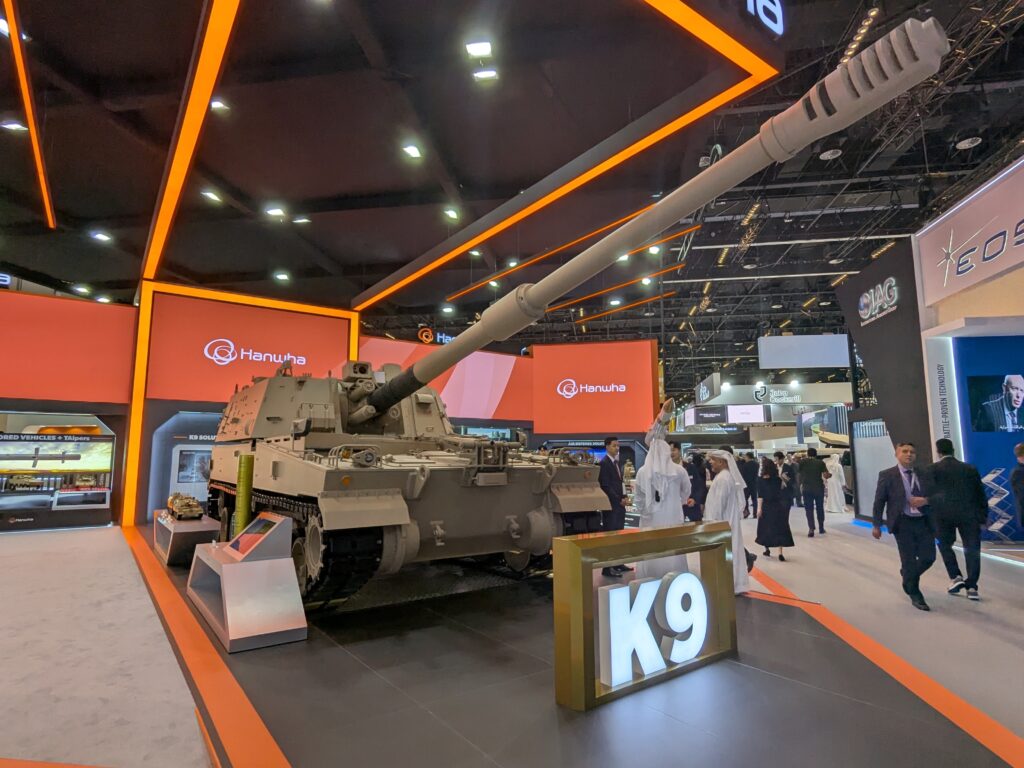
“The next stage for Hanwha,” said Coulter, “is leveraging that strength and evolving those capabilities, continuing to be the leading Korean aerospace and defence company but also being a leading, multi-domestic global aerospace and defence leader.”
One key upcoming opportunity for the K9 SPH is in Coulter’s native United States, where the US Army has decided to abandon its Extended Range Cannon Artillery prototyping effort in favour of an off-the-shelf SPH procurement. Coulter, however, noted that are numerous US opportunities for Hanwha Aerospace.
“There are a lot of requirements in the United States right now,” he said. “The evolving howitzer requirement is certainly one of our priorities, but there are other priorities in the US market as well. The US Navy has been requesting our assistance and growing capacity to do naval shipbuilding, so we recently acquired Philly shipyard,”
Acquisition of the yard was finalised in December 2024 and it is now called Hanwha Philly Shipyard.
“There are requirements across the services in the United States where they are seeking innovative capabilities, investment at scale and cost-effective solutions, and we believe we are uniquely positioned to help in the United States across all of those fronts,” said Coulter. “So conversations range from the howitzer programme, the path forward for which is still being determined, to shipbuilding, and in the munition space as well there are urgent requirements to develop capacity in the United States, both in technology and in volume.
Meanwhile, Hanwha Aerospace has active campaigns in Poland and Romania with regard to its Redback IFV.
“The success of the Redback programme in Australia – both the capability of the platform itself, but also Hanwha’s ability to create industrial capacity in Australia – has created a pull for that around the world,” said Coulter. “Poland and Romania are two countries that have expressed an interest in that capability, both the infantry fighting vehicle itself and the idea of becoming more self-sufficient from an industrial standpoint, so I won’t go into more technical details on those opportunities, but just to say that interest is there and we are having discussions with them.”
Following on from its Romanian K9 SPH contract, signed in 2024, Hanwha Aerospace is scheduled to start constructing a state-of-the-art armoured vehicle manufacturing facility in the country this year, which will be the company’s first production facility in Europe.
The Romanian facility will have the capacity to produce Redback IFVs should the IFV contract in Romania be secured in addition to the manufacturing of K9 and K10 vehicles, contributing to Romania’s defence modernisation and industrial growth.
The Hanwha Aerospace Chunmoo multiple rocket launcher is also a prime candidate for exports. The system has been offered for Norway’s current long-range precision fires requirement and has also been bid into Asian countries such as Malaysia and the Philippines.
Turning to the Hanwha presence at IDEX 2025, Coulter added that the company is very focused on the Middle East market.
“We’ve been doing business here, mostly on an export basis, for 15 years,” he said, “but given Hanwha’s technology, innovation and interest in becoming industrial partners, we have conversations throughout this week, with Middle Eastern militaries but also with Middle Eastern industry about how Hanwha can partner to help meet requirements in in the Middle East.”
Lastly, Coulter emphasised how his remit as global defence CEO will see him “working across both traditional Hanwha Aerospace, but also with Hanwha Systems and the naval portion of Hanwha Ocean”.
He pointed out, for example, that, given the current global interest in air defence capabilities, the Hanwha Aerospace stand at IDEX 2025 included models of the company’s L-SAM and M-SAM long- and medium-range air defence systems, which he noted “has significant content both from Hanwha Aerospace but also from Hanwha Systems in the form of the radar”, adding that “as we look to grow globally, I’m very interested in opportunities where we can leverage the strength of Hanwha’s defence capabilities across the whole of our defence businesses”.
Examples of this are Hanwha campaigns in both Canada and Poland where the KSS-III submarine designed by Hanwha Ocean is looking to address the Canadian Patrol Submarine Project (CPSP) and Poland’s Orka submarine programme.
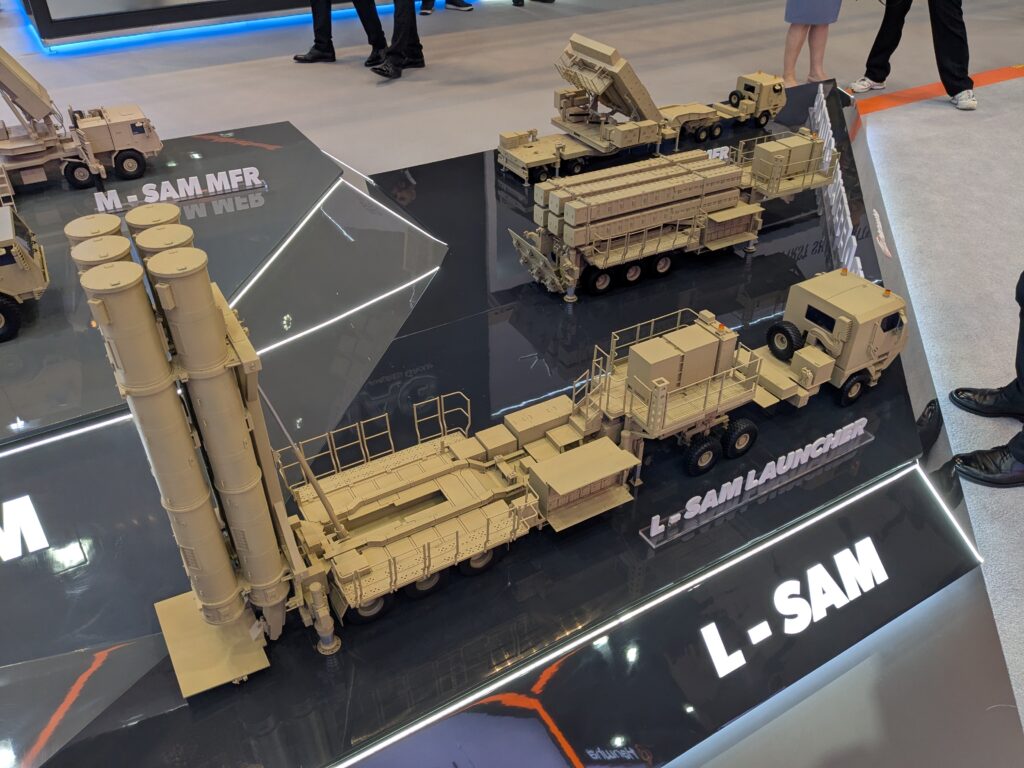




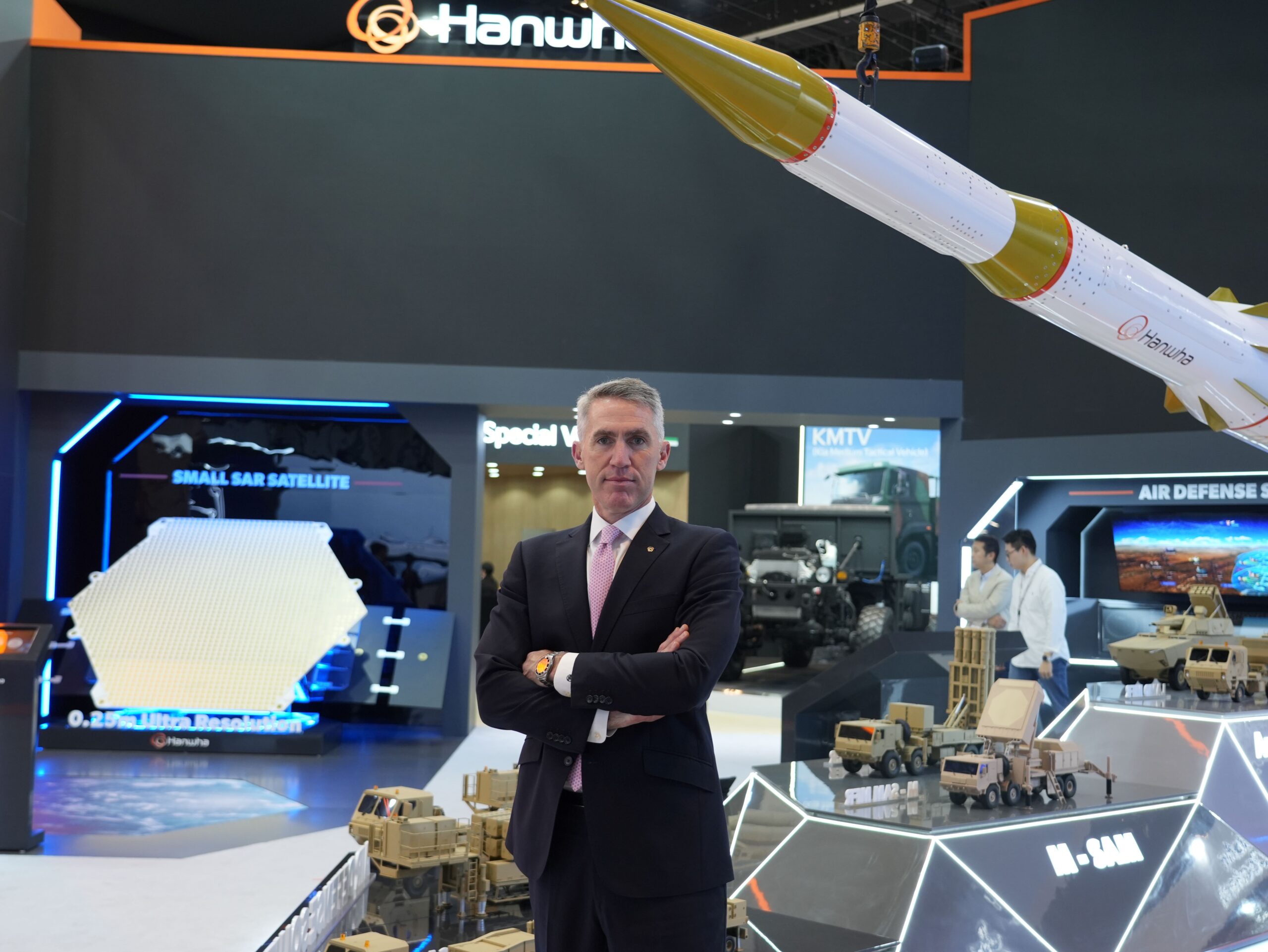

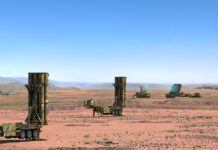
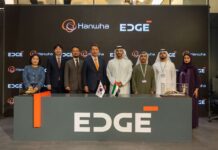

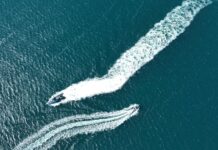
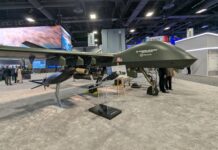
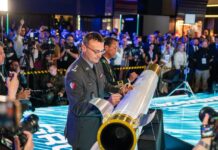


![A Strategic Partnership in Action: Turning the Hague Defence Investment Plan into Industrial Reality Michael Coulter, President and CEO, Hanwha Global Defense [Hanwha Aerospace]](https://euro-sd.com/wp-content/uploads/2025/07/250425-한화-마이클-쿨터-사장님2799-Kopie-218x150.jpg)